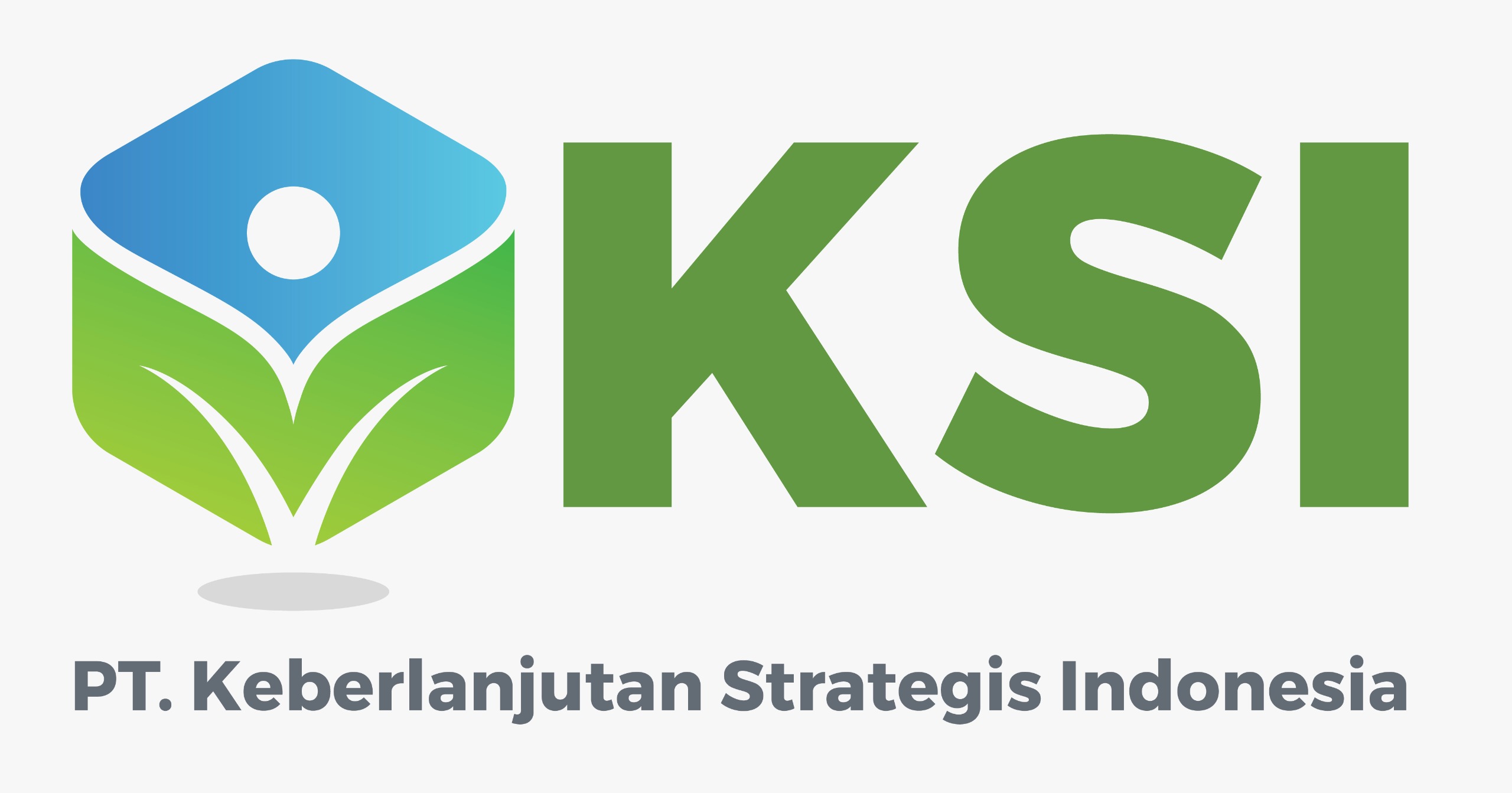CERTIFICATE
Peer Review Process
Peer Review Process Manuscript
Preliminary Assessment
Submitted articles that do not meet the aims and scope of Integration: Journal Of Social Sciences And Culture (IJSSC) will be rejected. The quality issues include inappropriate research questions, not sufficiently rigorous and not sufficiently in depth intellectually. In addition, the papers written in language and grammar that do not achieve a scholarly accepted standard are likely to be rejected.
Preliminary assessment also include plagiarism check using Turnitin. Manuscript with more than 25% without reference similarity index will be rejected in this step. Initial review will be conducted by editors or section editors. Manuscripts may be directly sent for review or returned for some revisions to authors. In addition, the initial assessment is also based on the article's suitability with the writing guide and template, as well as the cover letter.
Peer Review Process
All submitted manuscripts are subject to a double-blind review process through an online system. The review process takes 2-3 weeks, and its primary focus is the novelty of the manuscripts and their contributions to the to the field of Integration: Journal Of Social Sciences And Culture (IJSSC).
Review Process
The manuscript will be seen for review using a double-blind approach. Editors or section editors will request at least two reviewers to review the manuscript for two to three weeks (2 - 3 weeks). During this process, the author(s) should not send the manuscript for publication consideration in other journals or conferences. Once reviewers finish the review process, the results will be sent to the corresponding author. The decision on the manuscript can be one of the following:
- Accept Submission: The submission will be accepted without revisions.
- Revisions Required: The submission will be accepted after minor changes have been made.
- Resubmit for Review: The submission needs to be reworked, but with significant changes, it may be accepted. It will require a second round of review, however.
- Decline Submission: The submission will not be published with the journal.
Revision Process
Manuscripts sent back to the authors after revision should be returned to the editors or section editors within a week. The revised manuscript should be uploaded to the Online Submission Interface in the "Upload Author Version" from the Review task window. If OJS doesn’t work properly, revised documents should be sent to IJSSC@acityajournal.com
Editing Process
The final version of the revised manuscript will be screened one more time for plagiarism using iThenticate. This screening is aimed to ensure the final version that will be published is free from a maximum of 25% similarity. The corresponding author may be asked to make final minor revision when the similairity index reach the threshold.
After revision, the manuscript will be sent to a copyeditor for the copyediting process. In this such, some revisions may occur for some grammatical matters and reference entries. The corresponding author should response to the copyeditor once copyediting proccess finished.
The copyedited manuscript will be sent to the layout editor. In this stage, a layout editor will format the manuscript using proper software and provide a Galley version of the manuscript. Once it completed, the Galley version will be sent to corresponding author for proofreading proccess.
The corresponding author should take a look at the Galley version carefully and notify a proofreader for any mistakes to be corrected. The corresponding author should make sure that all authors of the manuscript agree with the Galley version.
The proofreader will finally check the proofreading comments from the corresponding author. The comments from the corresponding author and additional proofreading from the proofreader will be used by layout editor for revision of final version of the Galley.
After the editing process, the Galley version of the manuscript will be published in an issue. At this stage, the manuscript has become a journal article. A DOI will be assigned to the article. The author(s) can and is(are) recommended to share the article in the social media, personal blog or website, and institusional repository to improve article reach in the academia.
.
OJS Workfolow Chart








.png)










